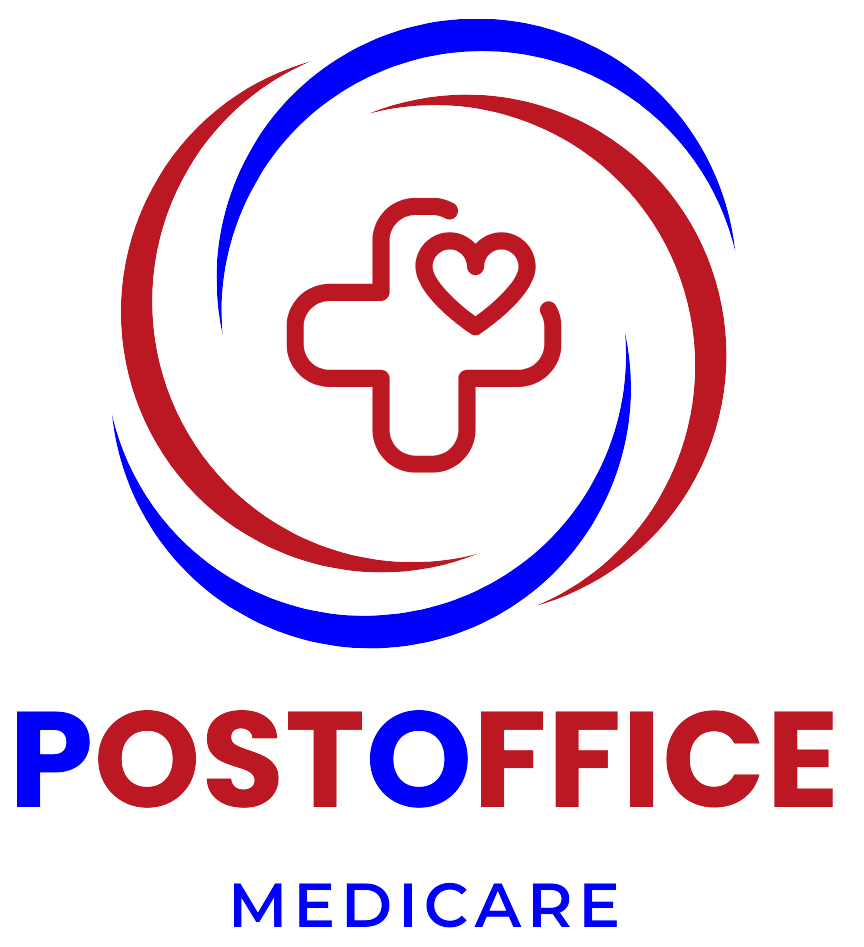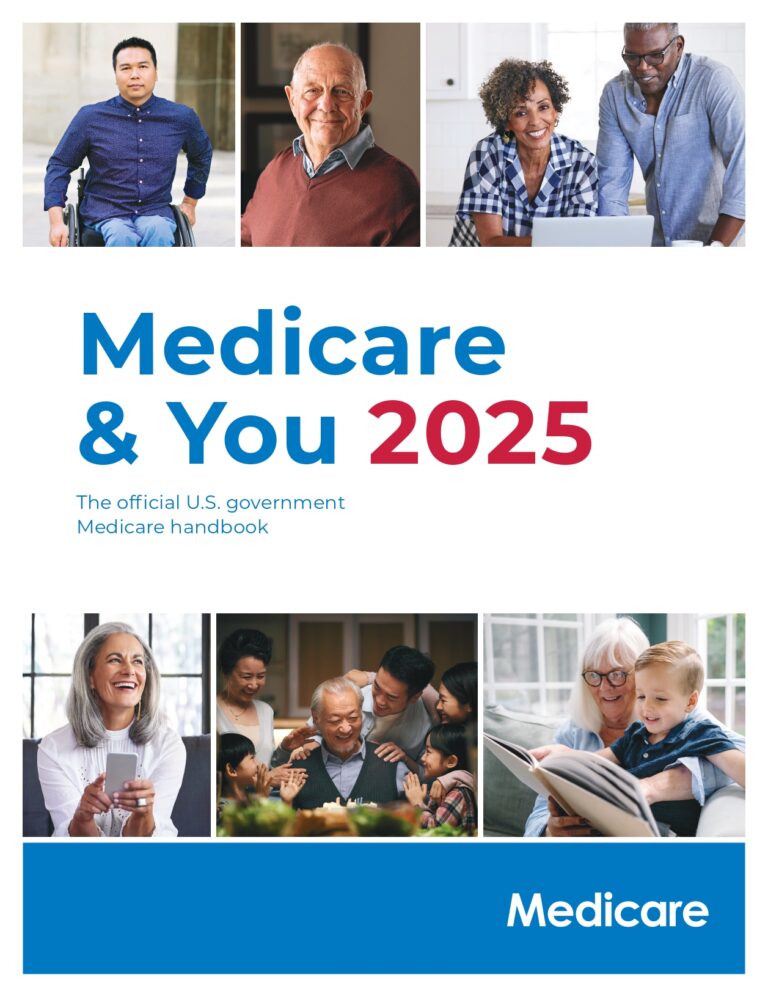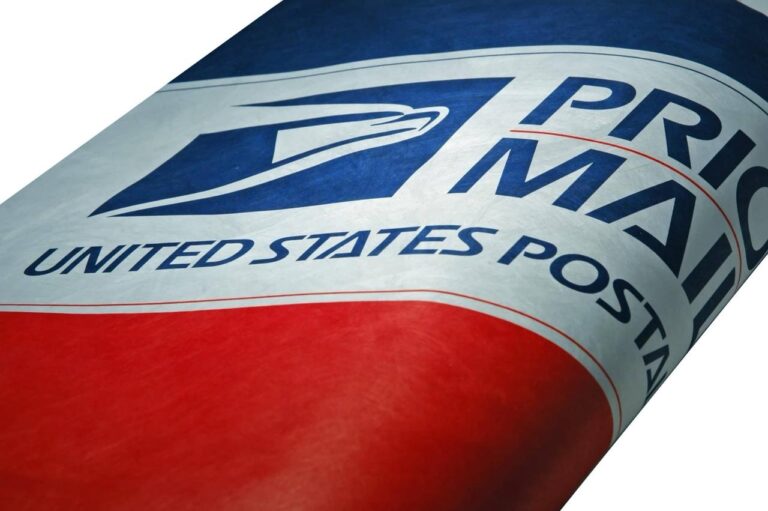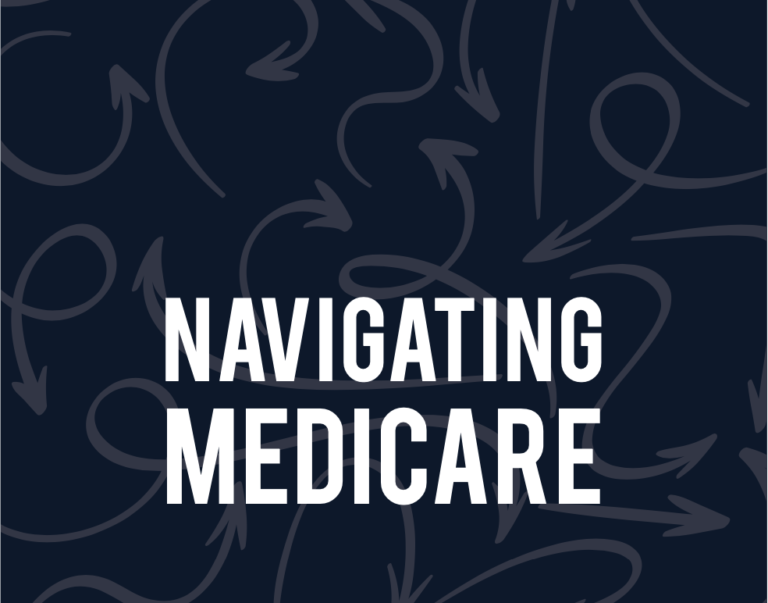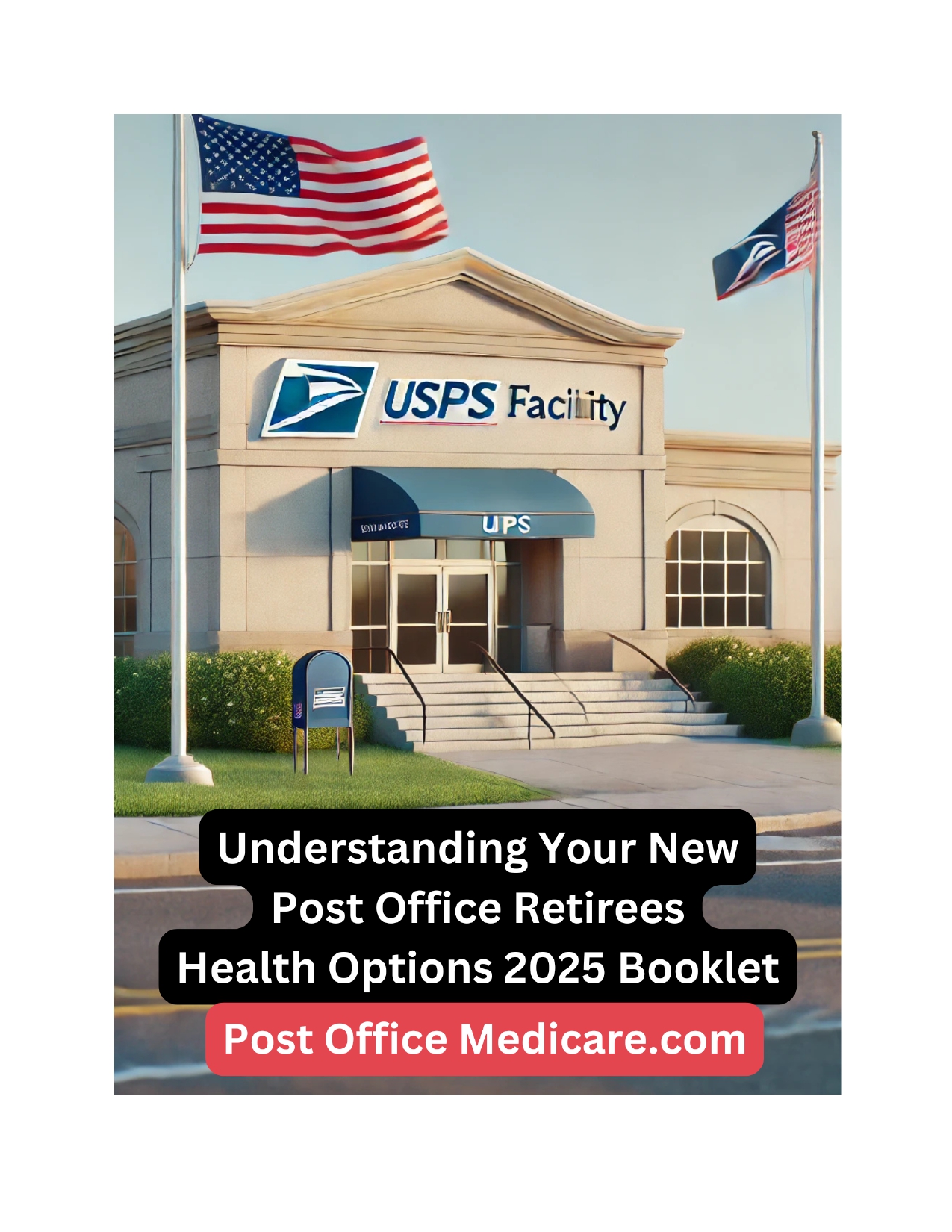How Does FEHB Work with Medicare for Postal Employees?
Federal Employees Health Benefits (FEHB) and Medicare are two significant healthcare benefits available to federal postal employees in the United States. For postal workers nearing retirement, understanding how these programs work together is essential to making informed healthcare decisions. In this post, we’ll cover how FEHB and Medicare interact, what coverage each plan offers, and how to decide on the best combination for your needs.
What is FEHB?
The Federal Employees Health Benefits (FEHB) program provides health insurance to federal employees, including postal workers, retirees, and their families. It’s one of the largest employer-sponsored health plans in the U.S., with a wide range of plan options offered by private insurance companies. These options generally include comprehensive coverage, such as hospital stays, doctor visits, and preventive care.
What is Medicare?
Medicare is a federal health insurance program primarily for individuals aged 65 and older or those with certain disabilities. It consists of several parts:
- Medicare Part A (Hospital Insurance): Covers inpatient hospital stays, skilled nursing facility care, hospice, and some home health care.
- Medicare Part B (Medical Insurance): Covers outpatient services, including doctor visits, preventive care, and some home health services.
- Medicare Part C (Medicare Advantage): Alternative to Original Medicare (Parts A and B), often including additional benefits like dental and vision.
- Medicare Part D (Prescription Drug Coverage): Provides coverage for prescription medications.
Should Postal Employees Enroll in Medicare if They Have FEHB?
If you’re a postal employee or retiree with FEHB, you might wonder if you need Medicare, especially since FEHB offers comprehensive coverage. However, enrolling in Medicare Part A is often beneficial because it’s typically premium-free for most people and can provide extra inpatient hospital coverage.
For Medicare Part B, the decision is more nuanced. Since Part B requires a monthly premium, postal employees must weigh the benefits against the additional cost.
How Do FEHB and Medicare Work Together?
If you decide to enroll in both FEHB and Medicare, they can complement each other in the following ways:
- Coordination of Benefits: FEHB and Medicare coordinate coverage, determining which plan pays first (the “primary” payer) and which pays second (the “secondary” payer).
- Reduced Out-of-Pocket Costs: When you have both FEHB and Medicare, your out-of-pocket costs may decrease. Medicare may cover some of the expenses that FEHB doesn’t, such as copayments and coinsurance.
- Broader Network Access: FEHB covers a vast network of providers, and having Medicare in addition can increase your choices, as Medicare is accepted by a wide range of healthcare providers nationwide.
Who Pays First: FEHB or Medicare?
The order of payment depends on whether you’re actively employed or retired:
- If You’re an Active Postal Employee: FEHB is the primary payer, and Medicare is secondary if you choose to enroll in it. In this scenario, FEHB will cover the bulk of costs, and Medicare will only pay for services after FEHB has paid its share.
- If You’re Retired: Medicare becomes the primary payer, and FEHB serves as secondary insurance. This means Medicare covers most of your medical expenses first, and FEHB may cover additional costs, reducing out-of-pocket expenses.
Advantages of Having Both FEHB and Medicare
For many postal employees, combining FEHB and Medicare provides more comprehensive healthcare coverage. Here are the primary benefits:
- Lower Out-of-Pocket Costs: Medicare can help cover deductibles, coinsurance, and copayments that you would otherwise pay out-of-pocket with FEHB alone.
- Prescription Drug Coverage: If your FEHB plan includes prescription drug benefits, you may not need Medicare Part D. FEHB plans often offer comparable or superior prescription drug coverage, potentially saving on extra premiums.
- Broader Coverage During Travel: Medicare has limited coverage for foreign travel, but some FEHB plans provide emergency coverage abroad. With both FEHB and Medicare, you can have peace of mind when traveling outside the U.S.
- Additional Preventive Services: Medicare offers additional preventive services, like annual wellness visits, that may not be fully covered by FEHB.
Considerations for Postal Employees: Do You Need Medicare Part B?
Medicare Part A is typically premium-free, so most postal employees and retirees enroll in Part A to supplement their FEHB coverage. However, deciding whether to enroll in Medicare Part B requires more thought, as it involves a monthly premium.
Here are some key factors to consider:
- Costs and Premiums: Medicare Part B premiums vary based on income, starting at $164.90 per month for most people in 2024. You’ll need to determine if the added monthly cost of Part B is worth the extra benefits.
- Costs and Premiums: Medicare Part B premiums vary based on income, starting at $164.90 per month for most people in 2024. You’ll need to determine if the added monthly cost of Part B is worth the extra benefits.
- Penalties for Late Enrollment: If you choose not to enroll in Part B when you’re first eligible (and aren’t still working with FEHB coverage), you could face a late enrollment penalty if you decide to enroll later. The penalty is a 10% increase in your premium for each 12-month period you were eligible but did not enroll.
- FEHB Plan Coverage: Consider the specific benefits and costs of your current FEHB plan. Some FEHB plans provide substantial coverage that makes Medicare Part B less critical.
Medicare Advantage (Part C) vs. FEHB
Medicare Advantage plans (Part C) offer an alternative to Original Medicare, often bundling Part A, Part B, and Part D benefits, sometimes with additional services like dental and vision care. However, if you’re enrolled in a Medicare Advantage plan, it may limit the need for FEHB since Medicare Advantage plans generally require you to use network providers.
Postal retirees who want lower premiums and a managed-care approach may consider Medicare Advantage. However, you cannot use both Medicare Advantage and FEHB simultaneously as primary coverage, so you would need to compare plan benefits and decide which option aligns best with your healthcare needs.
The Postal Service Health Benefits (PSHB) Program
In 2025, the Postal Service Health Benefits (PSHB) program will replace FEHB for postal employees and retirees. PSHB will continue to offer comprehensive health coverage similar to FEHB, and postal retirees eligible for Medicare will be required to enroll in Medicare Part B. This change aims to streamline coverage and reduce costs for postal employees.
The PSHB program means that future retirees will need to consider Medicare Part B as part of their coverage. However, those already retired or close to retirement should stay updated on the transition to ensure they make the best decisions regarding Medicare enrollment.
Steps to Decide on FEHB and Medicare Coverage
- Evaluate Your Health Needs: Consider your medical history, current health conditions, and expected healthcare needs in retirement.
- Compare FEHB Plan Costs: Look at your FEHB premiums, out-of-pocket costs, and benefits compared to Medicare Part B coverage and premiums.
- Consult a Financial or Healthcare Advisor: Speaking with an advisor knowledgeable in federal benefits can provide clarity on how to coordinate FEHB and Medicare to maximize your benefits.
- Stay Updated on PSHB Changes: For postal employees, PSHB will soon change your coverage options. Make sure you’re informed about how it might impact your choices.
Conclusion
Navigating healthcare as a postal employee or retiree can be complex, especially when coordinating FEHB and Medicare coverage. By understanding how the two programs work together, you can make an informed decision that ensures comprehensive healthcare at the lowest possible cost. Remember to evaluate your personal healthcare needs, review the benefits of both programs and stay informed on upcoming changes, like the transition to PSHB in 2025.
Choosing the right coverage can help you enjoy peace of mind and financial stability in your healthcare planning for the future.
Read More Blog
Follow Us On:- Facebook
